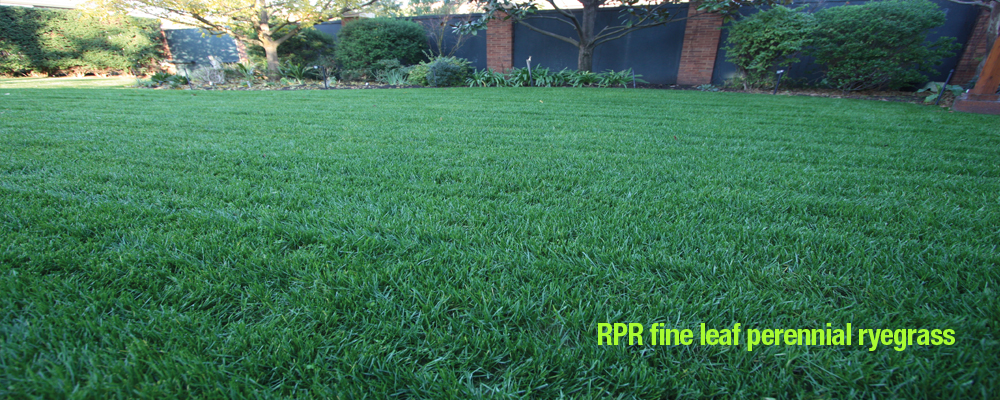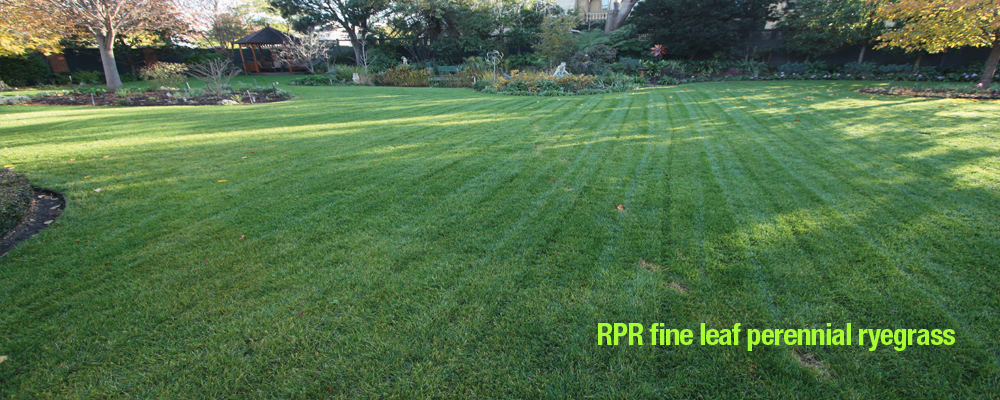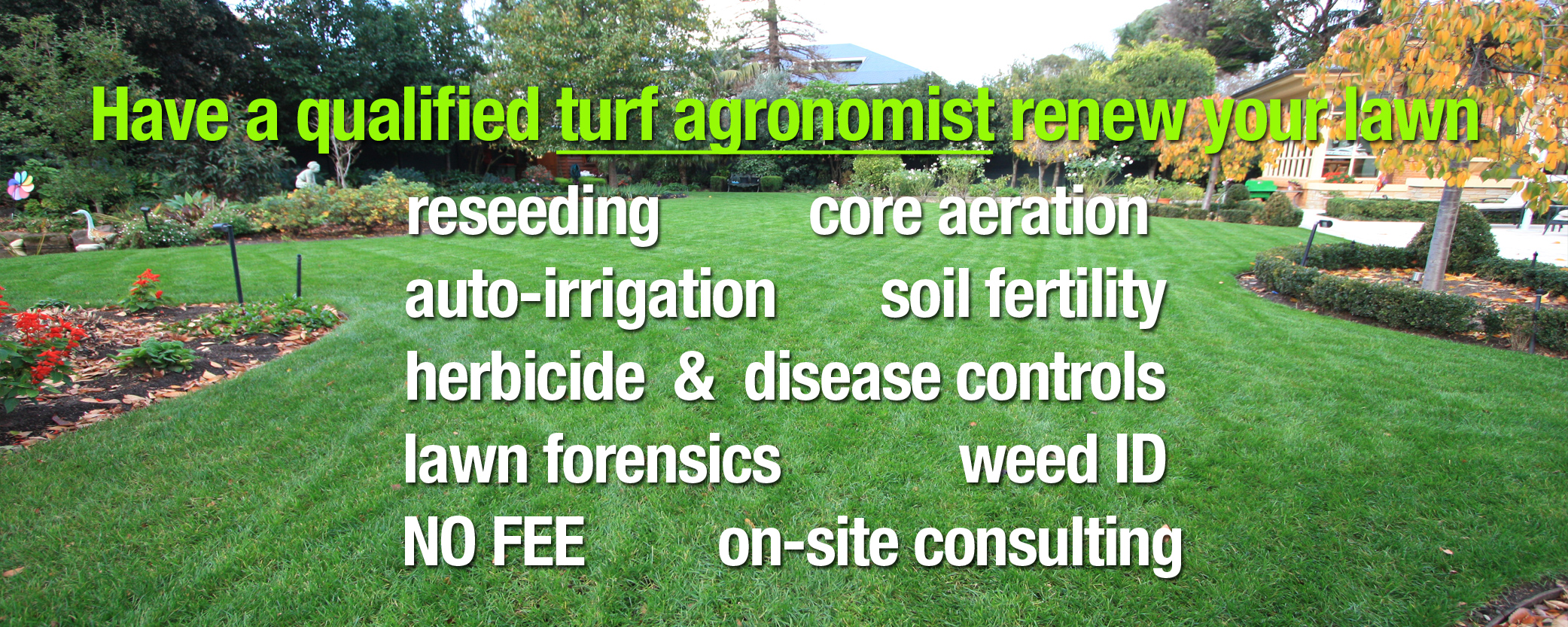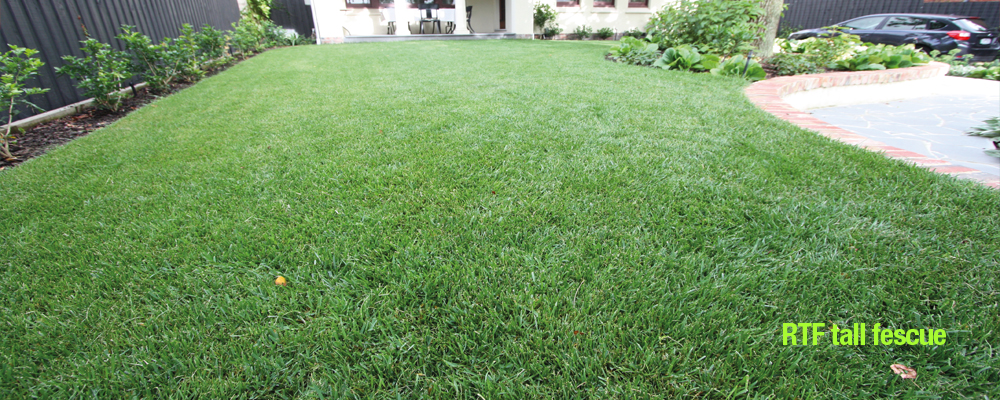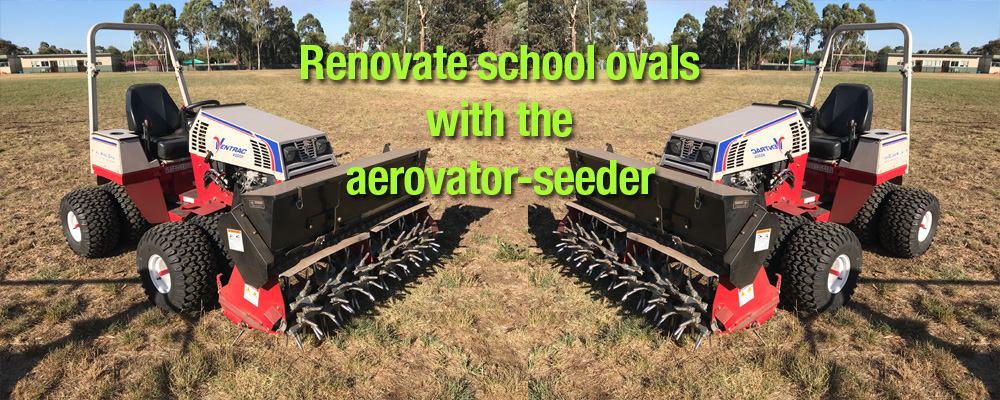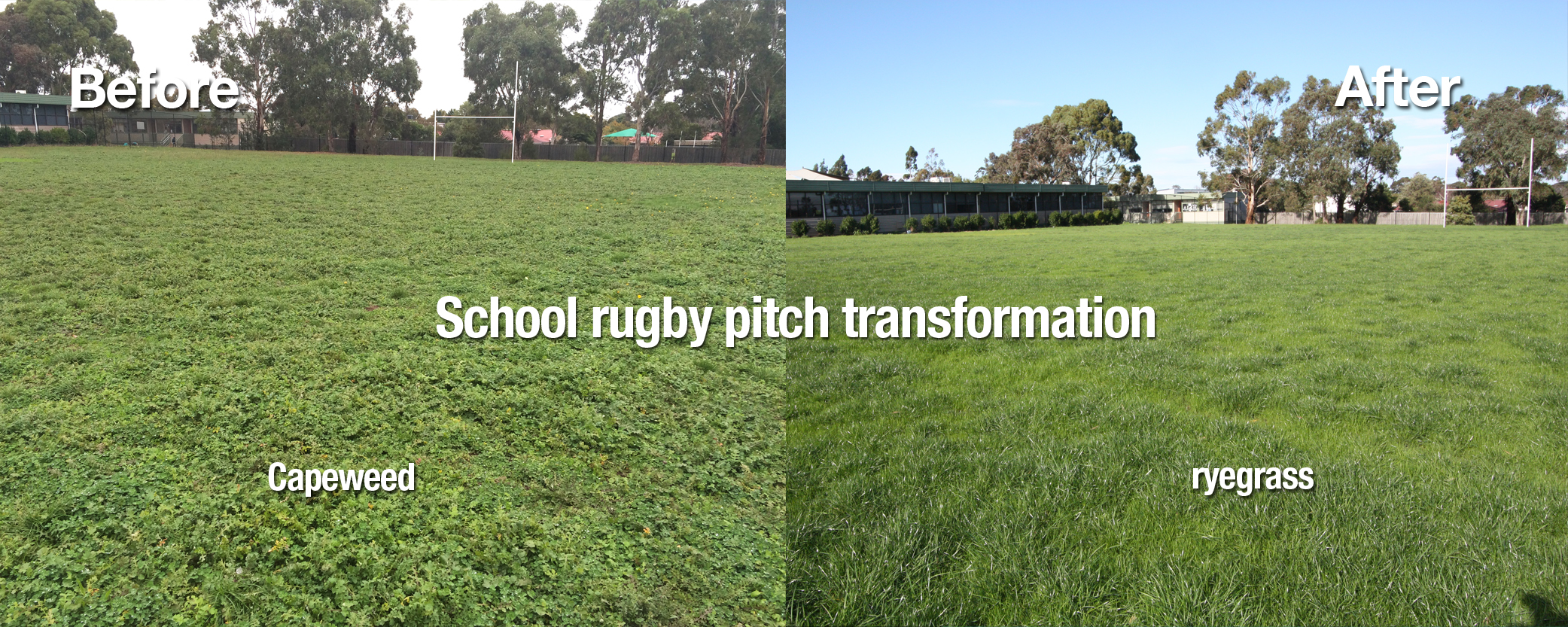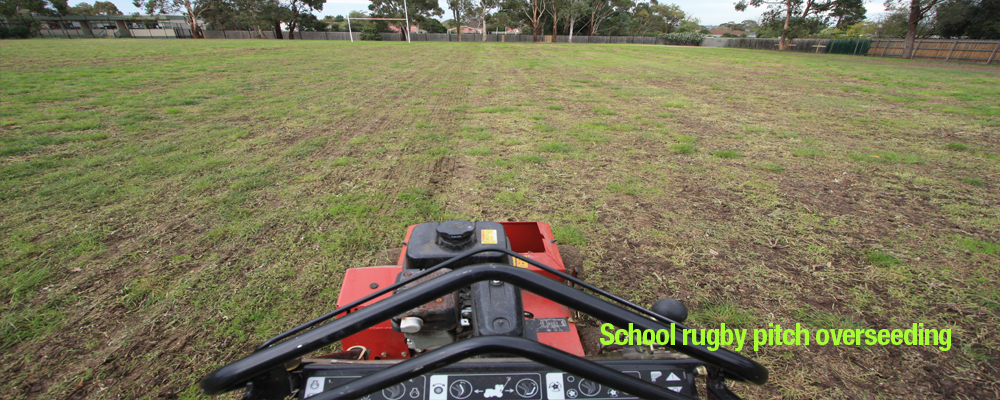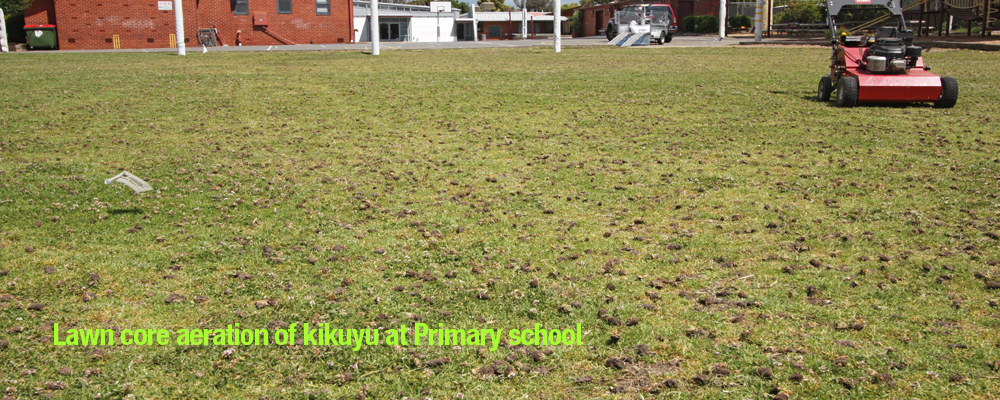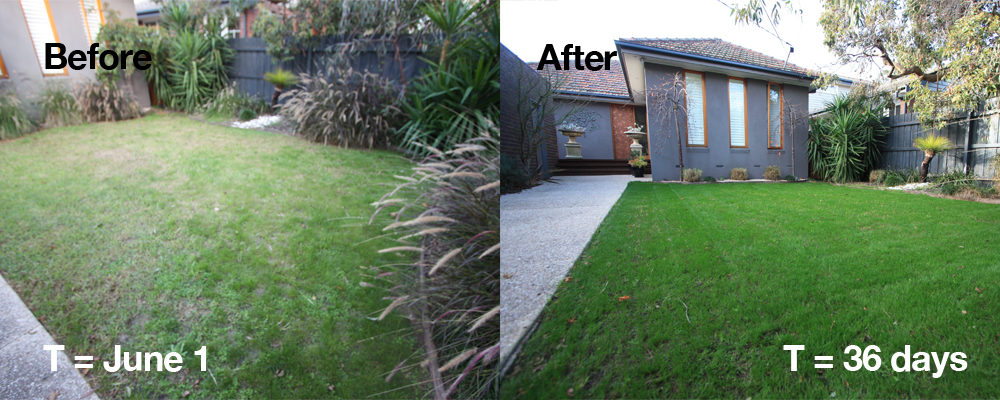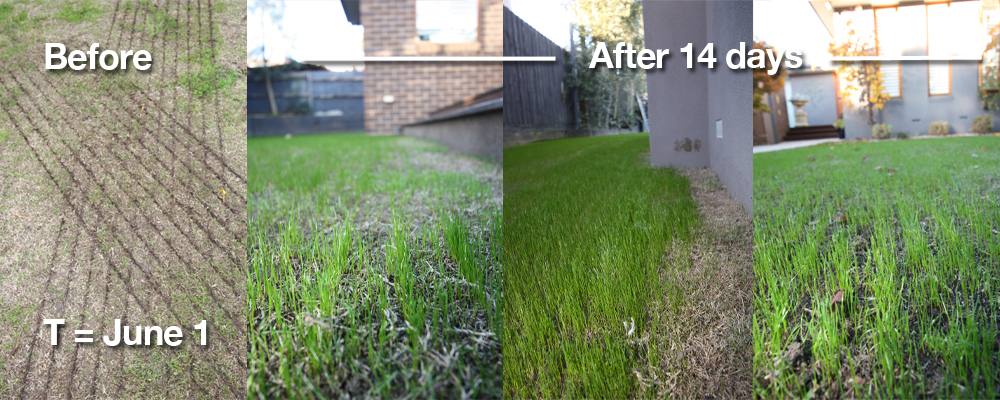
Sand belt soils
Whilst the sand belt soils are a mixed blessing for our famous bunkered golf courses, they present great challenges for your average home lawn grower. When left untreated, here’s why.
Description:
dark grey over light grey sands free of lime, over yellow grey sand and occasional ‘coffee rock’.
1. Very low water holding capacity
Water gravitates down the profile rapidly. What little is left has loose adherence to the silica sand particles (silica has a low surface area to volume ratio and little external charge to hold H2O). Lawns require frequent but short waterings.
2. Hydrophobic and non-wetting
Very common within a lawn area. A waxy coating over the sand particle repels and channels water laterally with water failing to penetrate the surface or reach the root zone.
3. Low pH (mild to strongly acidic)
Low pH chemically locks up nutrient availability. Shifting pH to neutral pH 7 with lime products unlocks soil nutrients. Low pH also restricts plant thrift and planting options.
4. Very low in organic matter (OM)
Mineralisation (breakdown) of OM or humous is a sustained source of slow release ionic nutrients essential for growth. Typically, the darker the topsoil the higher the OM. White-light grey sands are very low in OM. Organic matter also contributes to high water holding capacity.
5. Very low cation exchange capacity (C.E.C)
Sands are virtually void of clay minerals. Clay minerals have abundant negative surface charge to ‘hold and exchange’ with plant roots cations like phosphorus, calcium and potassium. Clay minerals are also a primary source of trace element ions and provide surface area and polarity for adherence of water molecules.
6. Extremely deficient in nutrients – macro and trace elements
A symptom of: 1. low OM 2. no clay content 3. low pH 4. sandstone parent material 5. free drainage of water adhering anions (nitrate) 6. naturally low in phosphorus.
7. Very low microbial activity
An active microbial environment is highly beneficial for mineralisation, nutrient cycling, pathogen control, earthworms soil structure and rhizosphere biology.
8. Structureless
Particles don’t cling together, easily worked, prone to wind erosion.
Soil remediation options
It’s most likely your soil-type is typical of the sand belt and pro-active corrective measures will be beneficial. We remediate for most soil problems listed above. Otherwise, a soil analysis will objectively describe the state of your soil and provide recommendations for optimum soil health.














